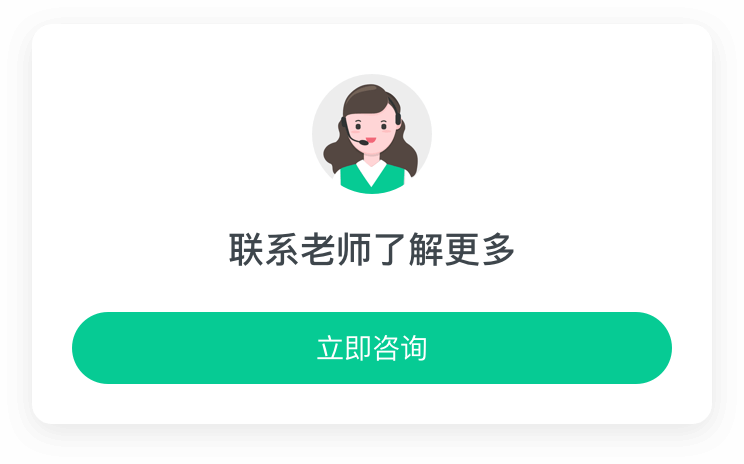在 Flutter 开发中,自定义组件是提升代码复用性和开发效率的重要手段。通过合理地使用继承和组件调用,可以构建出灵活且功能强大的 UI 框架。本文将深入探讨 Flutter 中自定义组件的继承与调用的高级使用方式,帮助你更好地组织和管理代码。
一、自定义组件的基础
在 Flutter 中,自定义组件通常是通过继承 StatelessWidget 或 StatefulWidget 来实现的。StatelessWidget 用于不涉及状态管理的组件,而 StatefulWidget 用于需要动态更新的组件。
(一)StatelessWidget 示例
class MyButton extends StatelessWidget { final String label; final VoidCallback onPressed;
MyButton({required this.label, required this.onPressed});
@override Widget build(BuildContext context) { return ElevatedButton( onPressed: onPressed, child: Text(label), ); }}
复制代码
(二)StatefulWidget 示例
class MyCounter extends StatefulWidget { @override _MyCounterState createState() => _MyCounterState();}
class _MyCounterState extends State<MyCounter> { int _count = 0;
void _increment() { setState(() { _count++; }); }
@override Widget build(BuildContext context) { return Column( children: [ Text('Count: $_count'), ElevatedButton( onPressed: _increment, child: Text('Increment'), ), ], ); }}
复制代码
二、高级使用方式:组件继承
在某些情况下,你可能希望通过继承来扩展组件的功能。例如,你可以创建一个基础组件类,然后通过继承来实现特定功能的组件。
(一)创建基础组件类
abstract class BaseComponent extends StatelessWidget { final String title;
BaseComponent({required this.title});
@override Widget build(BuildContext context) { return Column( children: [ Text(title, style: TextStyle(fontSize: 24, fontWeight: FontWeight.bold)), _buildContent(), ], ); }
Widget _buildContent();}
复制代码
(二)继承基础组件类
class MyComponent extends BaseComponent { MyComponent({required String title}) : super(title: title);
@override Widget _buildContent() { return Text('This is the content of MyComponent'); }}
复制代码
(三)使用继承的组件
class MyHomePage extends StatelessWidget { @override Widget build(BuildContext context) { return Scaffold( appBar: AppBar(title: Text('Inheritance Example')), body: Center( child: MyComponent(title: 'My Component'), ), ); }}
复制代码
三、高级使用方式:组件调用
在 Flutter 中,组件调用通常通过 Builder 或 GlobalKey 来实现。这些方式可以帮助你在组件之间传递数据或调用方法。
(一)使用 Builder 调用
Builder 是一个非常强大的工具,可以帮助你在组件树中传递上下文(BuildContext)。
class MyContainer extends StatelessWidget { final Widget child;
MyContainer({required this.child});
@override Widget build(BuildContext context) { return Container( padding: EdgeInsets.all(16), child: child, ); }}
class MyHomePage extends StatelessWidget { @override Widget build(BuildContext context) { return Scaffold( appBar: AppBar(title: Text('Builder Example')), body: MyContainer( child: Builder( builder: (context) { return ElevatedButton( onPressed: () { ScaffoldMessenger.of(context).showSnackBar( SnackBar(content: Text('Button clicked')), ); }, child: Text('Click Me'), ); }, ), ), ); }}
复制代码
(二)使用 GlobalKey 调用
GlobalKey 可以用来在组件之间传递数据或调用方法。
class MyCounter extends StatefulWidget { @override _MyCounterState createState() => _MyCounterState();}
class _MyCounterState extends State<MyCounter> { int _count = 0;
void increment() { setState(() { _count++; }); }
@override Widget build(BuildContext context) { return Column( children: [ Text('Count: $_count'), ElevatedButton( onPressed: () => increment(), child: Text('Increment'), ), ], ); }}
class MyHomePage extends StatelessWidget { final GlobalKey<_MyCounterState> _counterKey = GlobalKey<_MyCounterState>();
@override Widget build(BuildContext context) { return Scaffold( appBar: AppBar(title: Text('GlobalKey Example')), body: Center( child: MyCounter(key: _counterKey), ), floatingActionButton: FloatingActionButton( onPressed: () { _counterKey.currentState?.increment(); }, child: Icon(Icons.add), ), ); }}
复制代码
四、总结
通过合理地使用继承和组件调用,可以显著提升 Flutter 应用的代码复用性和可维护性。继承可以帮助你构建通用的组件框架,而组件调用则可以让你在组件之间灵活地传递数据和方法。
希望本文能帮助你更好地理解和应用 Flutter 中的组件继承与调用。如果你有任何问题或需要进一步的帮助,欢迎随时交流!










评论